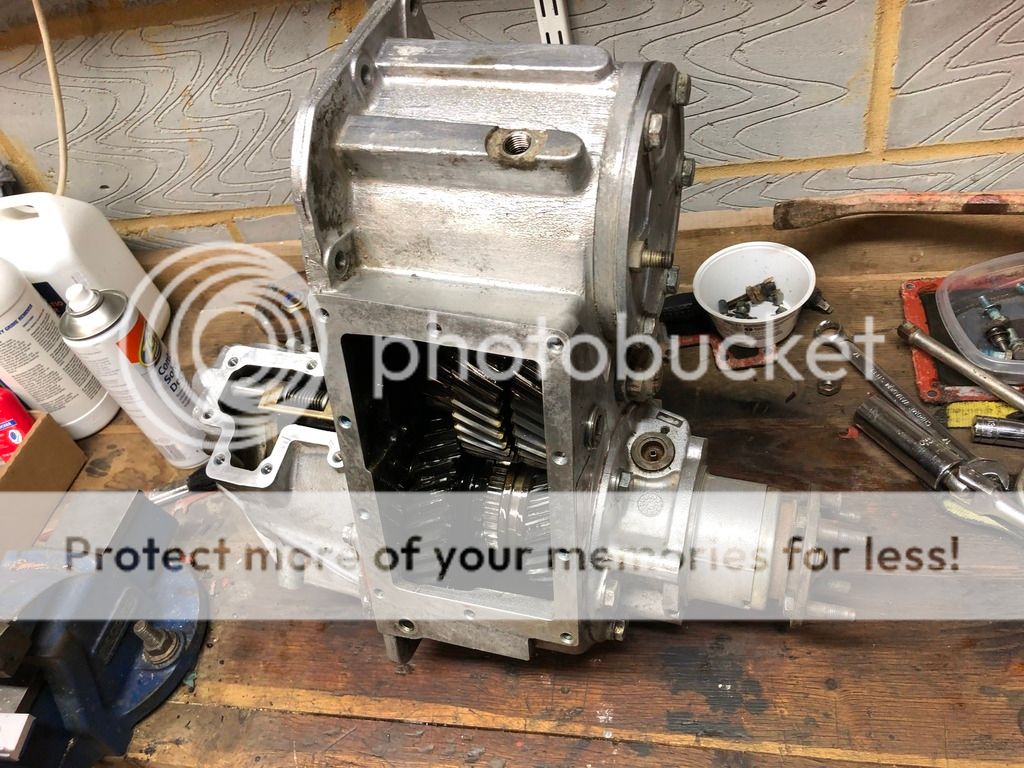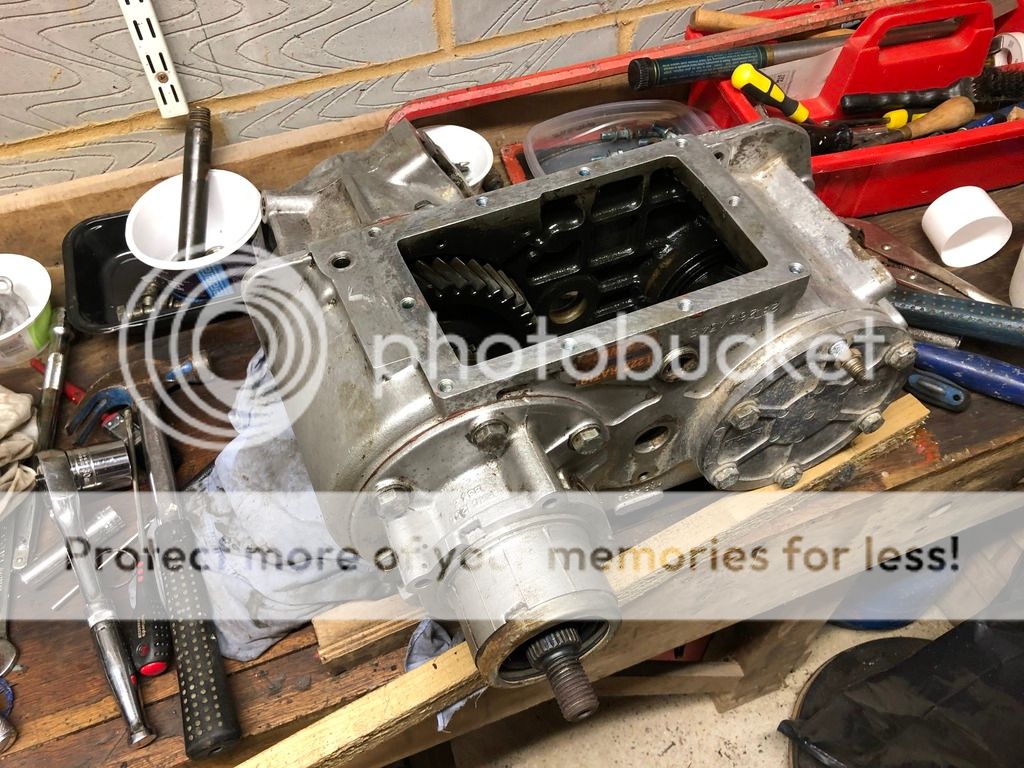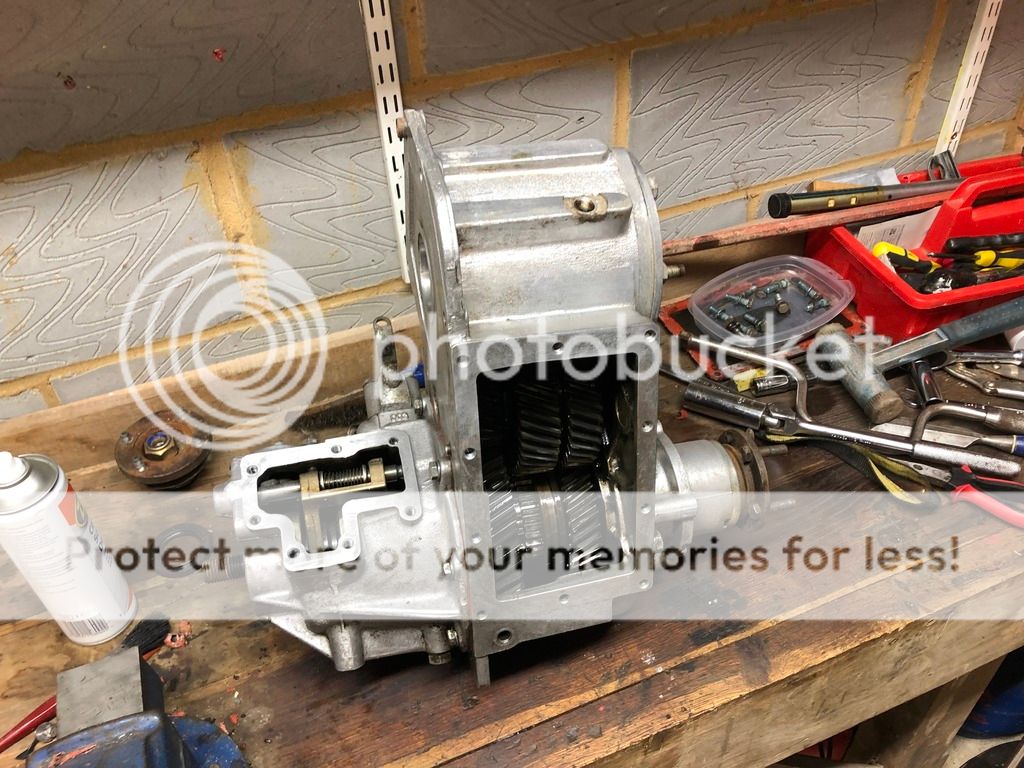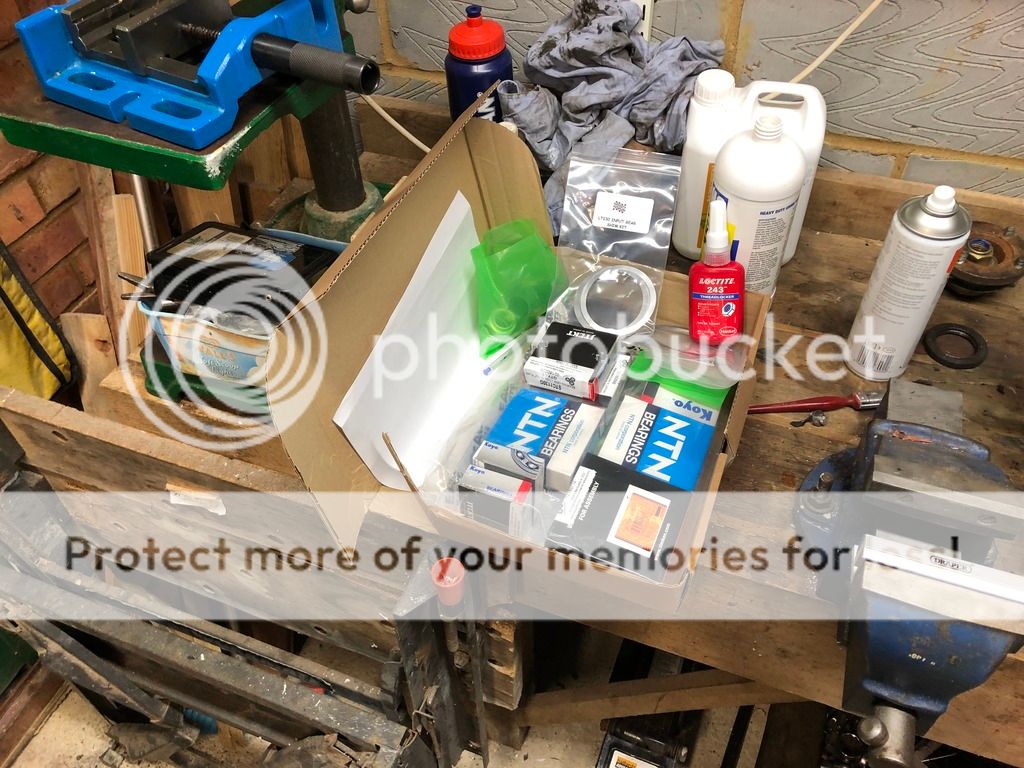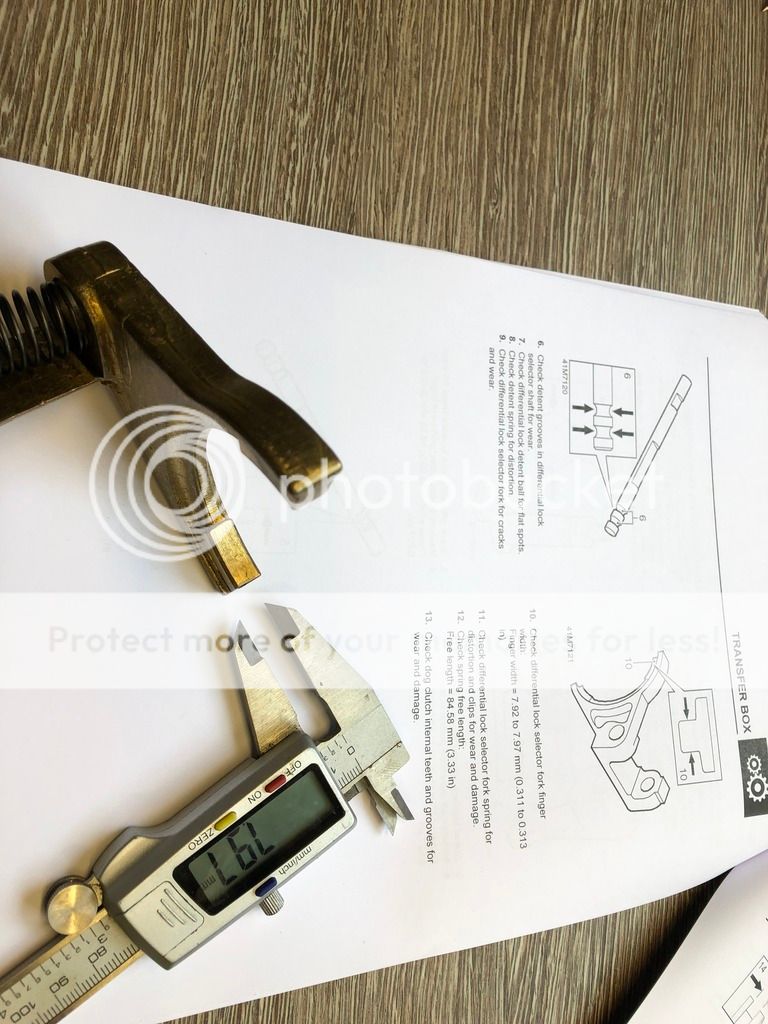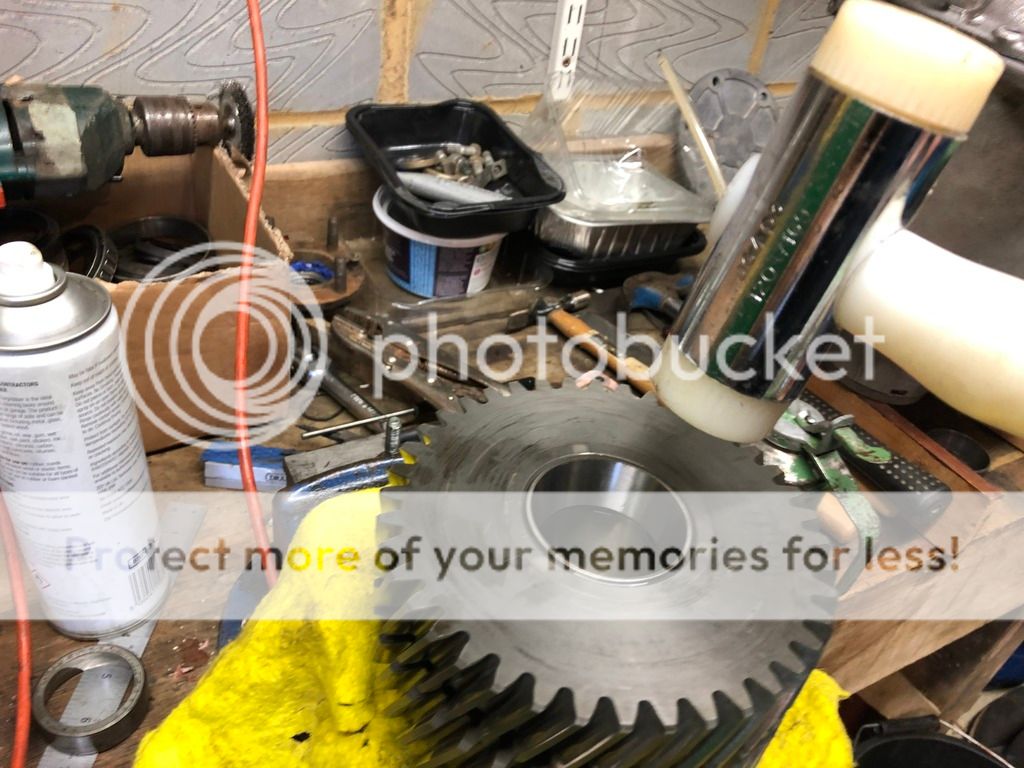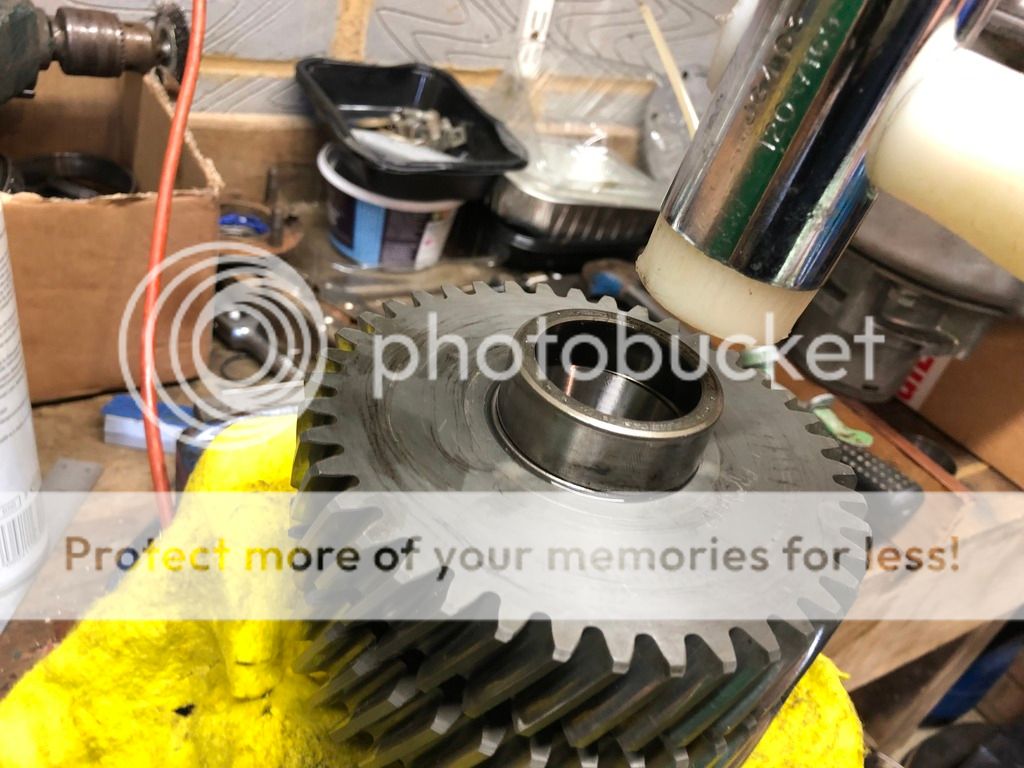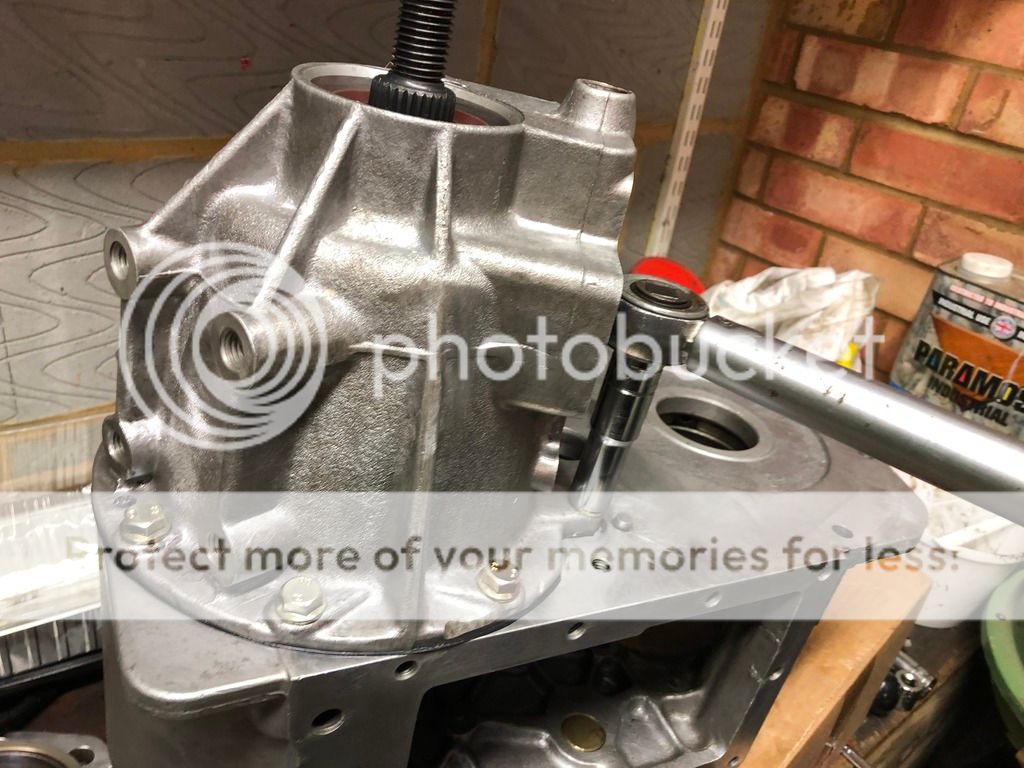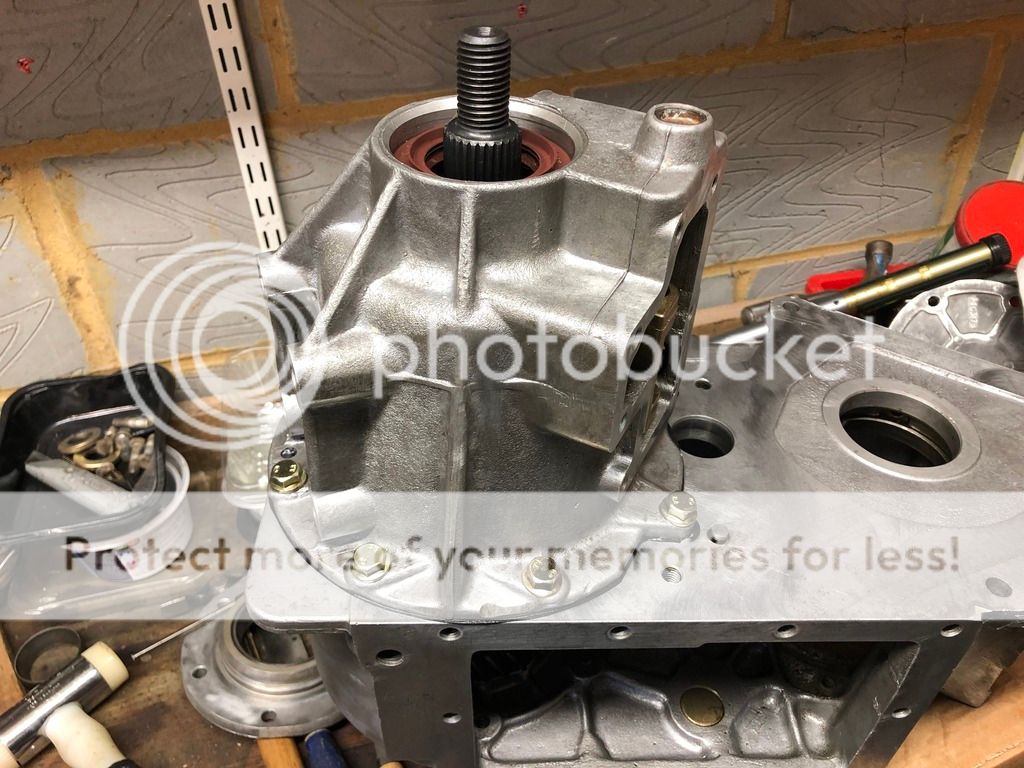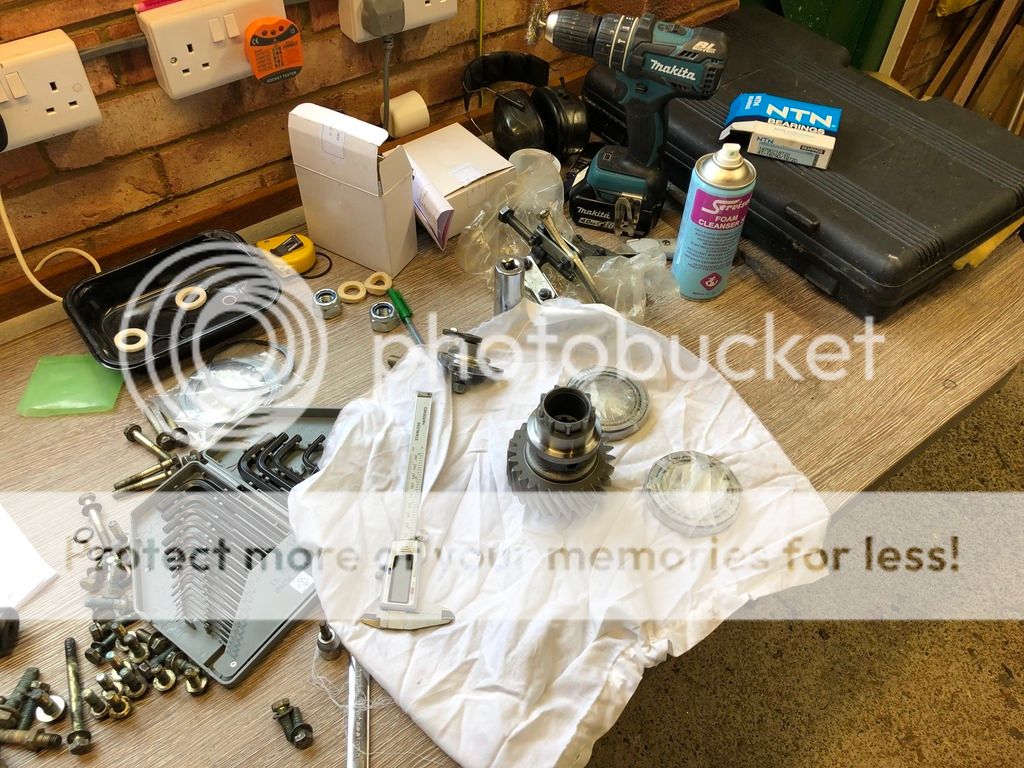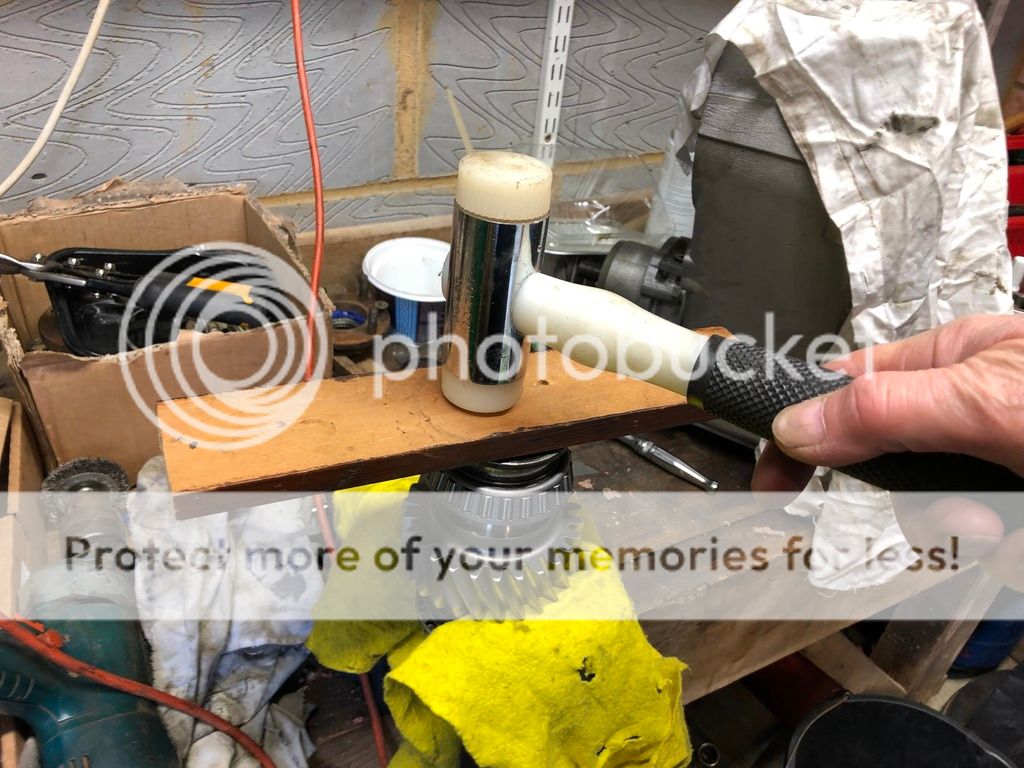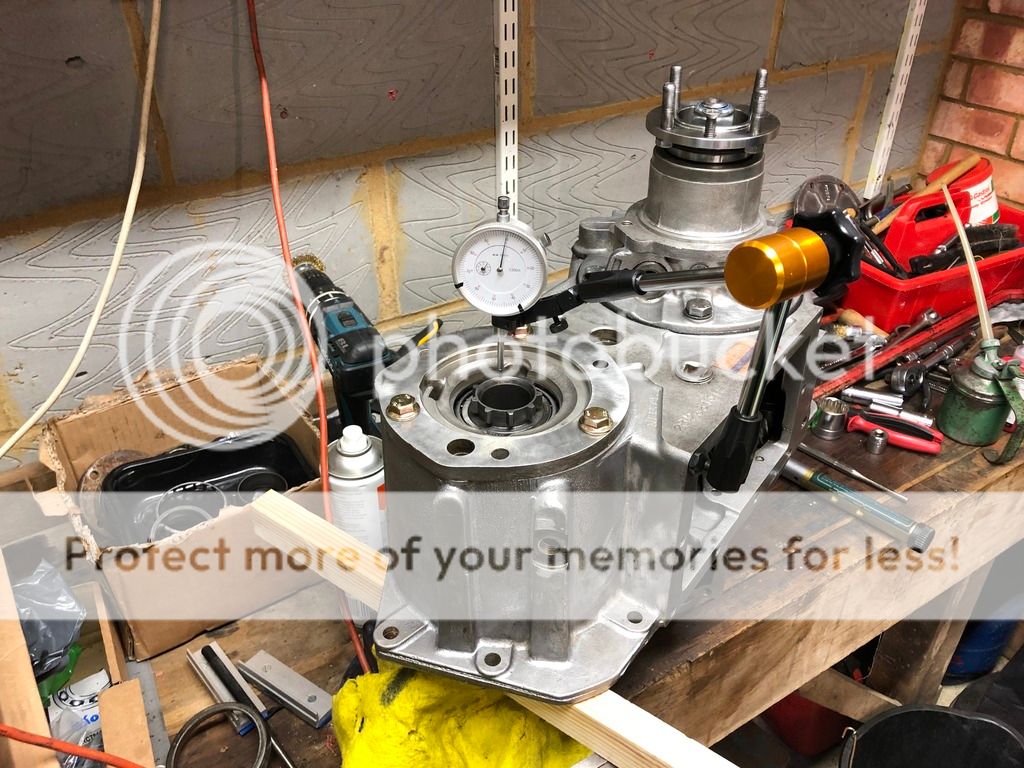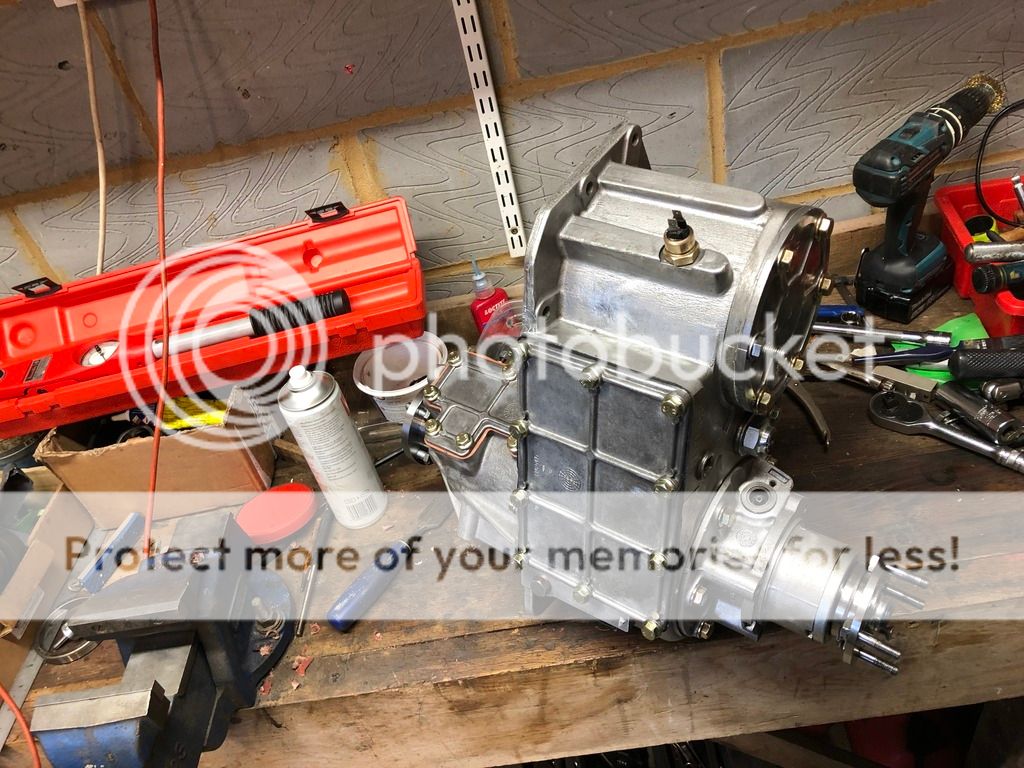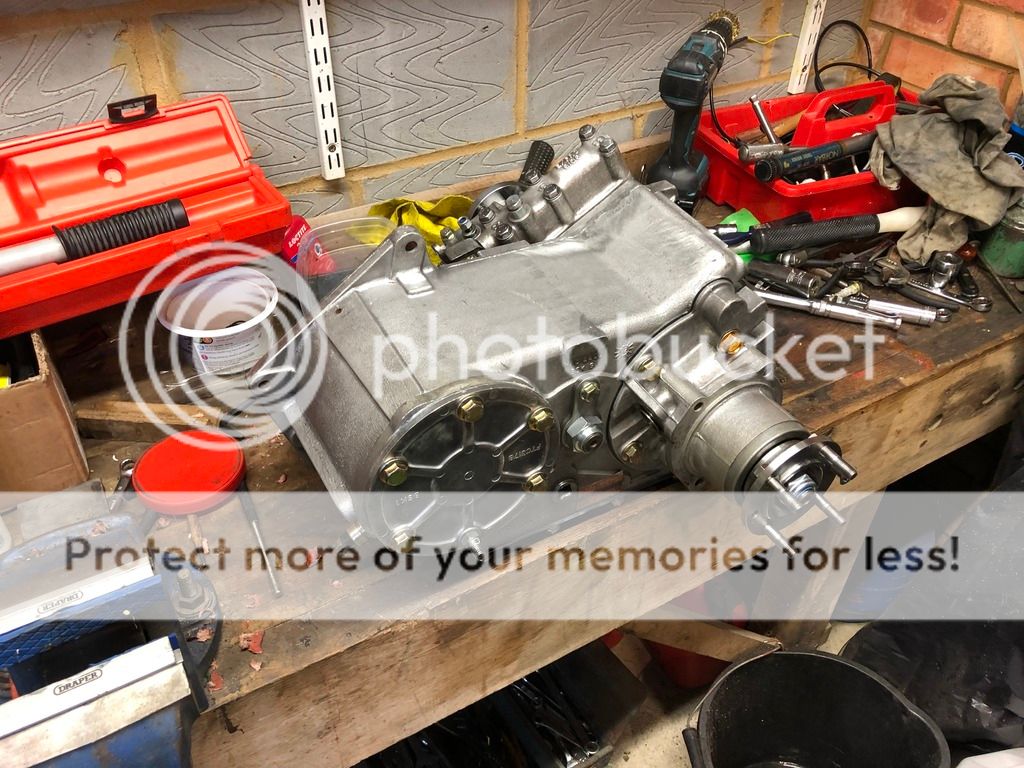I’ve tried asking this on another thread about my LT230 rebuild but it’s got buried and I would really appreciate some thoughts from anyone ‘in the know’.
As I’m sure most people who have any experience of the LT230 transfer box will know, with the exception of the very early ones, the intermediate shaft has a once only collapsable spacer inside it and you set the pre load (according to LR) by measuring the increase in torque required to rotate the input shaft.
You can also set the pre load by using a string wound round the shaft and spring balance measuring the pull. Calculate the increase in pull required on the radius of the bit you’ve put the string round and you should end up with the same figure as the LR official method.
It’s also been suggested to me that winding the nut up until you lose all end float then adding another quarter turn will do the job.
There’s a video clip on YouTube that suggests LR technique ends up with too much preload, but presumably LR knew what they were talking about?
This is the first time I’ve rebuilt a LT230 so I’d like to get it right. I’ve got a torque meter and a spring balance and so could use any of the methods described. Has anyone ‘in the know’ got any thoughts please?
Or am I just worrying too much.
As I’m sure most people who have any experience of the LT230 transfer box will know, with the exception of the very early ones, the intermediate shaft has a once only collapsable spacer inside it and you set the pre load (according to LR) by measuring the increase in torque required to rotate the input shaft.
You can also set the pre load by using a string wound round the shaft and spring balance measuring the pull. Calculate the increase in pull required on the radius of the bit you’ve put the string round and you should end up with the same figure as the LR official method.
It’s also been suggested to me that winding the nut up until you lose all end float then adding another quarter turn will do the job.
There’s a video clip on YouTube that suggests LR technique ends up with too much preload, but presumably LR knew what they were talking about?
This is the first time I’ve rebuilt a LT230 so I’d like to get it right. I’ve got a torque meter and a spring balance and so could use any of the methods described. Has anyone ‘in the know’ got any thoughts please?
Or am I just worrying too much.

